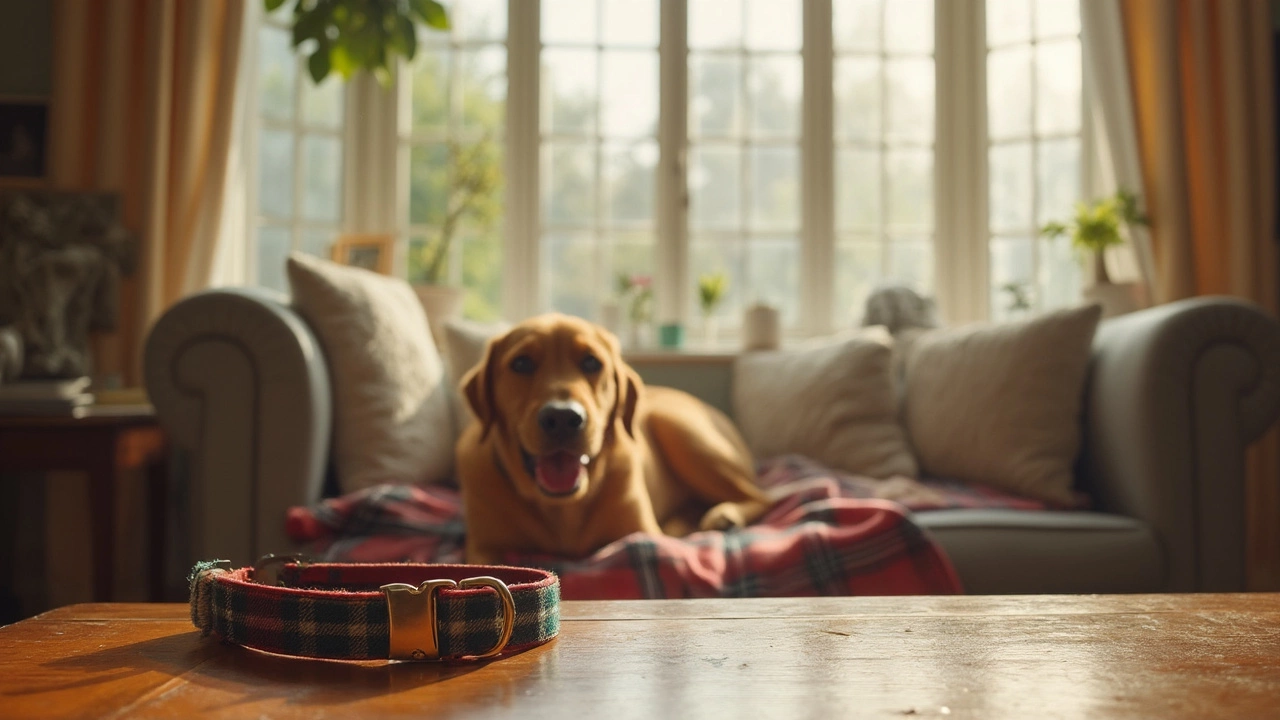Indoor Dog Care Made Simple
Got a dog that spends most of its time inside? You don’t need a big yard to give your pup a great life. With a few smart moves you can turn any room into a safe, fun, and healthy zone for your furry friend.
Set Up a Safe, Cozy Base
Start with a dedicated area where your dog can relax without danger. Choose a spot away from cords, sharp edges, and tiny objects that could be swallowed. A soft mat or a dog bed gives comfort, while baby gates can block off stairs or rooms you don’t want accessed. Keep water and a bowl of fresh food nearby, but don’t leave food out all day to avoid over‑eating.
Temperature matters too. If your house gets chilly, a warm blanket or a low‑heat pet heater keeps joints happy. In summer, place the bed in a shaded corner and consider a fan if the room gets warm.
Keep Them Moving Inside
Indoor dogs still need daily exercise. Short play sessions with a ball, rope tug, or a set of stairs can burn off energy. If space is limited, try a hallway fetch or a DIY obstacle course using cushions, chairs, and tunnels made from cardboard boxes.
Training games double as mental and physical work. Teach new tricks, practice “stay” and “come,” or use a treat‑dispensing puzzle toy. These activities keep the mind sharp and reduce boredom‑barking.
When rain or cold keeps you indoors, a timed indoor walk on a treadmill (set low and supervised) works wonders. Even a 5‑minute walk each hour can prevent restlessness.
Stimulate Their Brain
Dogs love to solve problems. Hide treats under a towel, scatter kibble in a snuffle mat, or rotate toys so they never get too familiar. Rotate the toys weekly; new textures keep curiosity alive.
Background noise matters. Soft music or a TV show with animal sounds can soothe an anxious dog, especially when you’re away.
Grooming and Health Checks
Regular grooming reduces shedding and skin issues. Brush your dog a few times a week, trim nails when you hear the click on the floor, and check ears for wax buildup. A quick health scan—looking at eyes, coat, and paws—helps spot problems early.
Don’t forget dental care. A chew toy designed for teeth or a simple toothbrush routine keeps gums healthy, even when you’re not at the vet.
Feeding Smartly Indoors
Stick to a consistent feeding schedule. Offer meals at the same times each day, and remove any leftovers after 15‑20 minutes. This routine supports digestion and reduces begging.
If you use dry kibble, store it in an airtight container to keep it fresh and crunchy. For wet food, serve only what’s needed for the meal and refrigerate the rest promptly.
Finally, give your dog plenty of love and attention. A quick petting session, a gentle massage, or just talking to your dog builds trust and reduces stress.
Indoor dog care doesn’t have to be complicated. With a safe space, regular exercise, brain games, and proper grooming, your canine can thrive inside any home. Try one tip today and watch the tail wag faster!
Posted By Bryndle Redding On 3 Jun 2025 Comments (0)
Dog Collars Indoors: Why Your Pup is Better Off Without
Many people leave collars on their dogs 24/7, but wearing a collar indoors can lead to unexpected problems. This article uncovers hidden risks, like injuries and stress, and offers safer solutions for dogs at home. You’ll get down-to-earth advice for keeping your pup safe and comfy inside. We’ll also look at easy ways to ID your dog without the collar drama. Skip the hassle and learn how to make your home safer with just a few smart changes.
READ MORE